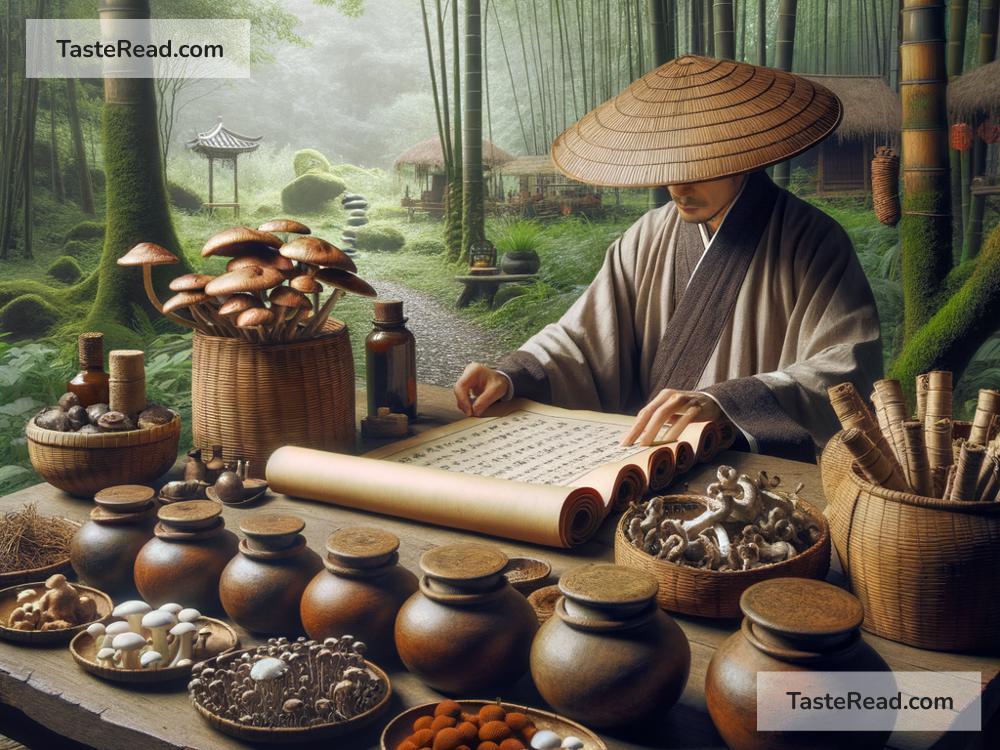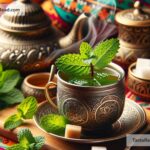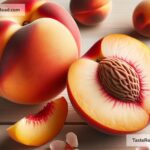The Curious Story of Mushrooms in Ancient Chinese Medicine
Mushrooms have always been fascinating creatures. They’re neither plants nor animals, and they pop up overnight like little miracles of nature. But did you know that in ancient China, mushrooms were seen not just as food, but as powerful medicines? For thousands of years, Chinese healers studied and used mushrooms to help treat illnesses, heal wounds, and even increase longevity. Let’s dive into the curious story of mushrooms in ancient Chinese medicine.
Mushrooms: A Gift from Nature
To many ancient cultures, mushrooms seemed magical. They grew quickly, often after rain, sometimes in mysterious shapes or colors. Ancient Chinese doctors and scholars believed mushrooms had special powers. They looked at mushrooms as gifts from nature, meant to help people stay healthy and strong.
Chinese medicine has always focused on balance and harmony. Traditional Chinese doctors believed the body should be in balance – if one part is “off,” sickness can follow. Mushrooms were seen as a way to restore this balance. Their unique properties were said to help strengthen the immune system, detoxify the body, and even calm the mind.
The “King of Mushrooms”: Lingzhi
One of the most famous mushrooms used in ancient Chinese medicine is Lingzhi, also known as Reishi. Its scientific name is Ganoderma lucidum, but in ancient times, people just called it the “Mushroom of Immortality.”
Lingzhi had a very special place in Chinese medicine and was highly prized. It wasn’t your typical mushroom found in a field. Lingzhi grows in quiet, shaded areas, often on decaying wood. Ancient texts say it was so rare that emperors would send their soldiers to find it, believing it could bring them health, strength, and longer life.
This mushroom was valued for its ability to strengthen the immune system and help the body fight off illnesses. It was also believed to calm the spirit, making it useful for people dealing with stress or anxiety. Lingzhi wasn’t cooked into food; instead, it was boiled into teas or ground into powders. Some believed it could even give people supernatural energy!
Cordyceps: The “Worm Grass”
Another intriguing mushroom is Cordyceps. To modern eyes, it’s both fascinating and strange—it grows out of the bodies of caterpillars! Ancient Chinese medicine called it “worm grass,” and while it might sound like something you’d avoid, traditional healers believed it worked wonders.
Cordyceps was seen as a powerful tonic that could strengthen the lungs and kidneys. It was especially popular for people recovering from illness or fatigue. It was also given to elderly people to improve their energy and overall health. Hunters and gatherers would dig Cordyceps out of the ground and dry them for use in teas or powders.
While some might find the idea of eating a fungus that grows on insects unappealing, Cordyceps remains highly valued today, even in Western medicine. Modern scientists have studied it for its potential to increase energy, improve athletic performance, and boost immunity.
The Role of Mushrooms in “Qi” Balance
In ancient Chinese medicine, everything revolved around the concept of “Qi” (pronounced “chee”), which means life energy. Qi flows through the body, and when it flows smoothly, you’re healthy. But if Qi becomes blocked or unbalanced, problems arise.
Many mushrooms were believed to support smooth Qi flow. Different types of mushrooms were said to help different parts of the body. For example:
- Shiitake mushrooms were used to promote heart health and increase immunity.
- Maitake mushrooms were believed to help balance blood sugar and support overall energy.
- Wood ear mushrooms, often found in Chinese cooking, were thought to improve circulation and protect against heart disease.
The versatility of mushrooms made them a favorite among Chinese healers!
Ancient Wisdom Meets Modern Science
While ancient Chinese doctors didn’t rely on microscopes or lab tests to understand mushrooms, their insights were surprisingly advanced for their time. They studied mushrooms through observation and trial and error, creating remedies that were passed down for generations.
In recent decades, modern science has begun to confirm what ancient healers suspected. Researchers have found that many medicinal mushrooms are rich in antioxidants, which help combat damage in the body caused by stress and aging. Some mushrooms contain compounds that can boost the immune system, reduce inflammation, and even help fight cancer.
Lingzhi, Cordyceps, Shiitake, and other mushrooms are now recognized worldwide for their health benefits. They’ve gone from ancient medicine to modern superfoods, available in capsules, teas, and powders in health stores around the globe.
A Legacy That Continues
The curious story of mushrooms in ancient Chinese medicine is a story of nature’s power and humanity’s curiosity. These little fungi, growing quietly in forests and fields, have helped people for thousands of years—and still do. Their role in Chinese medicine reminds us of the deep connection between humans and nature.
Today, many people continue to explore the health benefits of mushrooms, not just in China but all over the world. Whether eaten, brewed, or taken as supplements, mushrooms remain an important part of health and wellness.
So, the next time you see a mushroom, don’t just think of it as an ingredient for soup or pizza. Remember its curious history and the ancient wisdom that saw it as a symbol of health, balance, and life itself. Mushrooms truly are one of nature’s small wonders!


